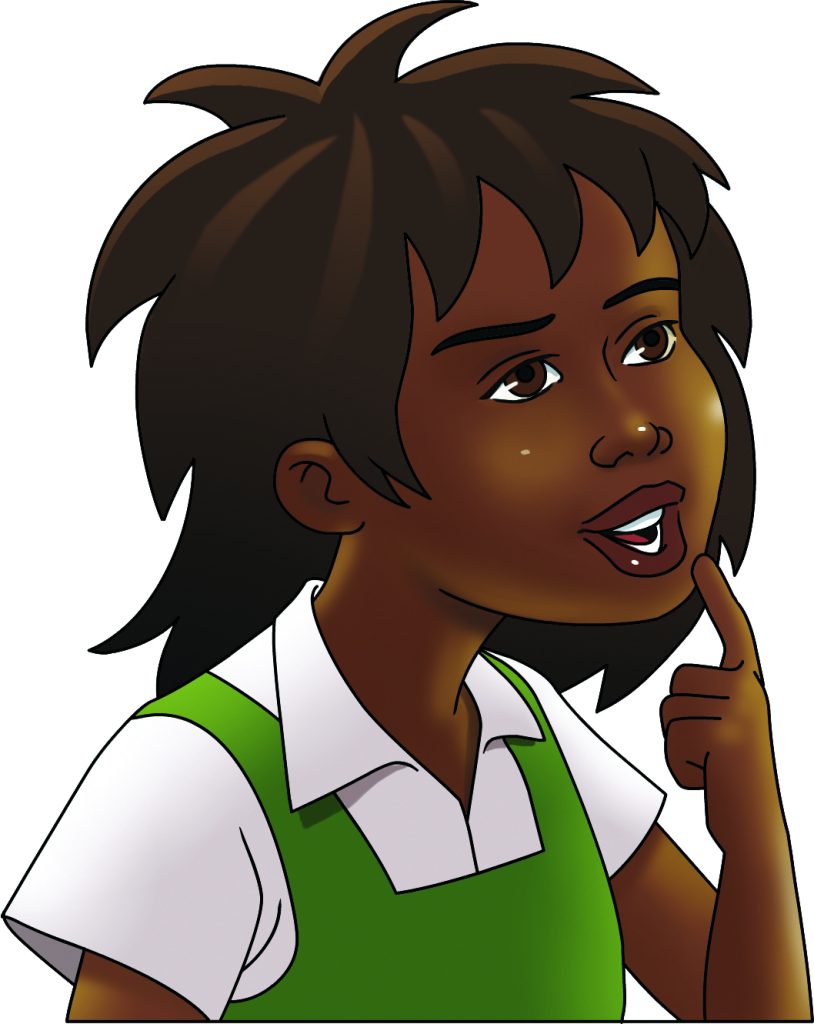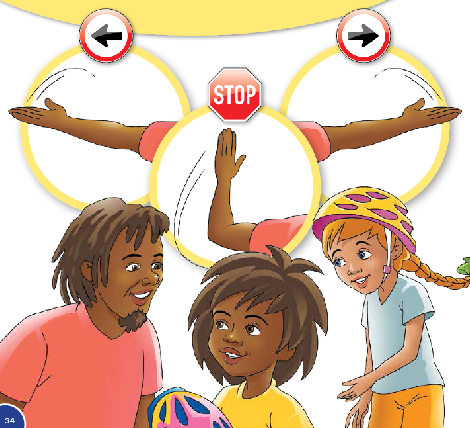Hi! My name is Ginny and I’m addicted to hula hooping.
The best things about hula hooping is that it doesn’t feel like exercise… and yet it is really the most fabulous way to get a work out without even realising it.
It strengthens core muscles and tones flabby bits – belly, arms and thighs. You can do gentle hooping or notch it up a grade and get serious by adding in lunges and arm exercises. You can use weights too.
It’s beneficial for your heart and your mind.
Don’t be ridiculous, I hear you say. One can barely keep that ridiculous little plastic doo-dah up, let along lunge about or wave you arms around the place—unless it’s to help keep the hoop up.
I’m not talking about your general run-of-the-mill kid’s hoop… I’m talking about a large hoop.
Think big.
Then think bigger.
Even bigger than that!
I was first introduced to large hoops by my tiny daughter when she’d come to visit for a few weeks. It boggled my mind. I’d never seen anything so bizarre, let along considered using one for exercise.

Perhaps I should confess, I’m not a very exercisey person. The only Jim I’ve ever had a relationship with was my darling, dearly-departed father, but at the age of fifty-something, I fell in love with the gentle art of hula hooping.
Wait… I hear you say… what in all hell is she blathering on about? How can something that tones and firms be gentle?
Easy!
Ten minutes a day and that weight will take a walk.
Once you’ve lost the weight that was bothering you (and you will) you won’t be able to stop hula hooping. You’ll be addicted.

We are fortunate enough to currently have a large garden and so I walk around the place, gently hooping. Thinking. Planning my day. Writing my novel in my head. Plotting murder. Talking to myself. Or sometimes even just staring into space. It’s currently winter in South Africa so I also hula hoop to warm up.
You don’t need fancy clothes either – I usually hoop in whatever I’m wearing, but if you are going the sweaty exercise route, be comfortable and try not to wear baggy clothing that gets snagged on the hoop.

Buying a kid’s hoop is easy, but it’s not useful. You need a large hoop. The experts say it should come up to your middle when you stand it up in front of you… but mine comes up to my boobs.
The easiest (and cheapest) is to make it yourself.

You need:
- 4.5 metres of 25 mm irrigation pipe (our local garden shops and hardware stores sell pipe in various sizes, coiled up lengths starting at 5 metres).
- 1 x 25 mm hose connector
- tape (insulation tape is the cheapest, but it only comes in standard colours) – get whatever takes your fancy.
Half the fun of having a hoop is decorating it so that every time you pick it up, you look at it with love. (Sounds sappy but it’s true.)
25 mm black irrigation pipe is easily cut with a sharp kitchen.
Cut a length of 4.5 metres.
DO NOT BE DAUNTED BY THE SIZE OF IT and decide to make it smaller. Just don’t.
Okay.
It is really easy to use a big hoop.
Boil the kettle and stick the ends of the pipe into boiling water – makes pushing the hose connector into either end a doddle.
Voila! You have a hoop.
Wipe it down with a wet cloth to get the dust off and let it dry before you tape it up.
Wind your tape as smoothly as you can, this makes the hoop move freely and prevents it from snagging on your clothing. The tape not only makes it look pretty but it also adds weight. If you find that your hoop gets tatty after time from dropping it on rough surfaces or bashing into things, simply add another layer of tape. (My hoop is currently on its 5th layer of tape.)
There are many videos on YouTube that demonstrate how to hula hoop. This lady is fabulous and has many videos. Remember… you can also do awesome tricks with hoops (not so much the large hoops though.)
I was lucky (I think) and had my daughter to goad me into persevering. Here’s how I really started.

Have to brag – this is a video my daughter, Igz made for me when I organised a hula hoop making workshop as an ice-breaker to a science centre conference a few years ago. We then had a hoop-heats with a hoop-off and the winning three teams had to explain the science behind hula hooping to high school kids. The hoops that were made were then donated to a local school. Except for my friend, Kenneth from Kenya, who took his hoop home to his Science Centre in Kenya and has since taught many a kid to hula hoop.
P.S. I cannot do ANY of this fancy stuff in the video, but it does not stop me from loving the bits I can do.







